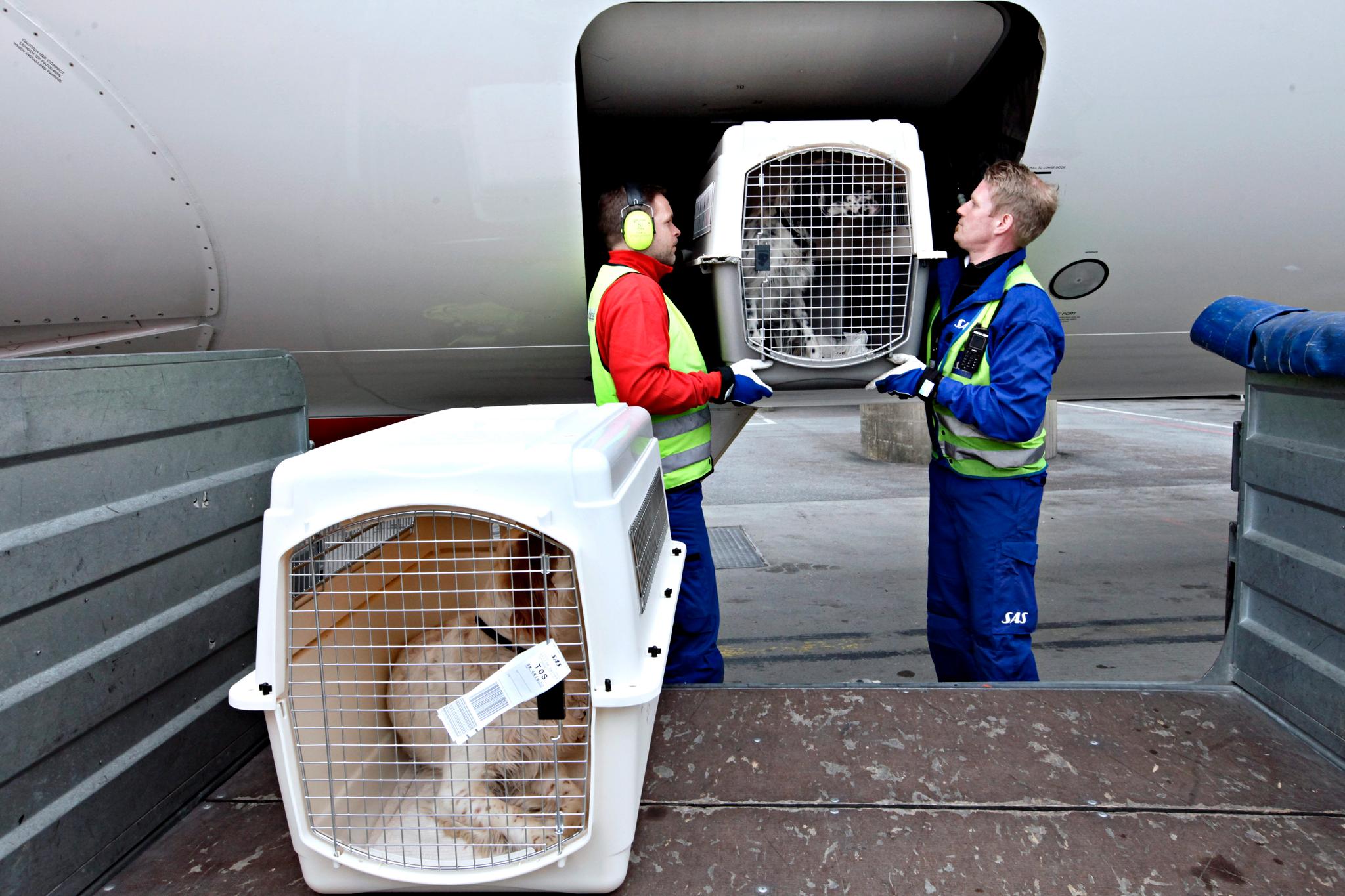
Nye regler for hund i lasterom i SAS: Malin fikk nesten ikke med seg hunden hjem til jul – NRK Nordland

Nye regler for hund i lasterom i SAS: Malin fikk nesten ikke med seg hunden hjem til jul – NRK Nordland

Nye regler for hund i lasterom i SAS: Malin fikk nesten ikke med seg hunden hjem til jul – NRK Nordland





















